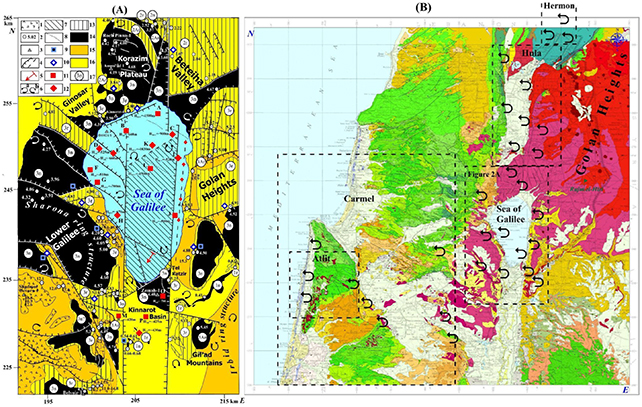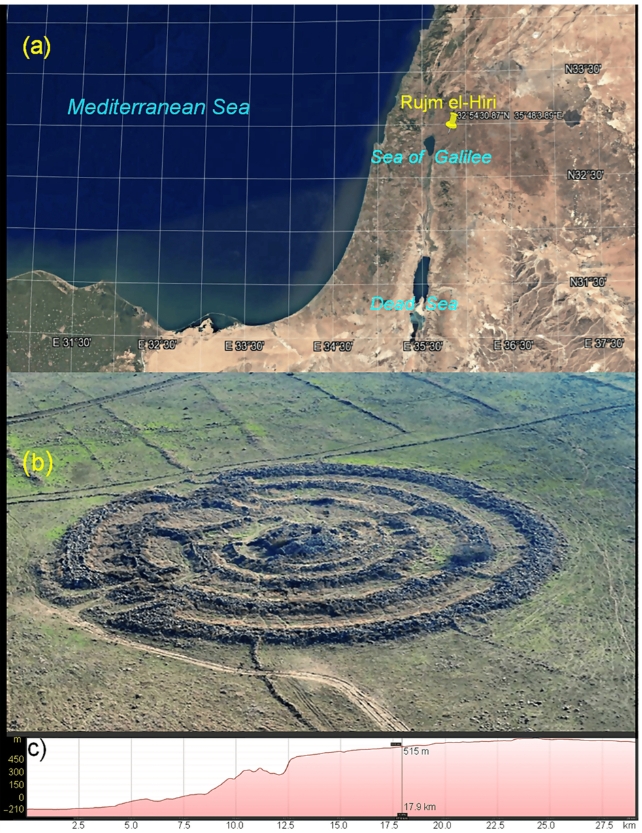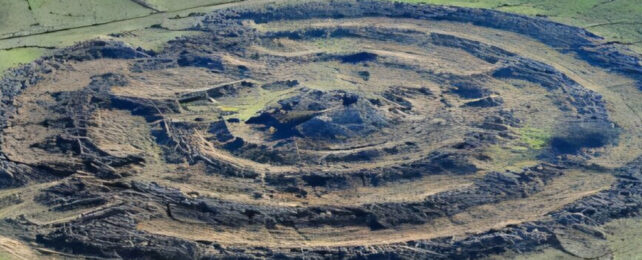The ancient Rujm el-Hiri ('Wheel of Ghosts') site on the Golan Heights plateau in southwest Syria, is a marvel of a monument – previously thought to have originally served as an astronomical observatory of sorts.
Past studies have suggested this purpose based on Rujm el-Hiri's alignment with objects in the night sky. Now a new study suggests this is not so, calling into question why the captivating megalithic structure was actually built.
Researchers from Tel Aviv University and Ben-Gurion University of the Negev in Israel determined that Rujm el-Hiri has significantly shifted its position over the last several thousand years, so it hasn't always lined up as closely with celestial bodies as it does today.

A combination of techniques were used for the new study, including geomagnetic analysis (looking at signatures of the Earth's magnetic field left in rocks and soil), tectonic reconstruction (modeling the physical shifting of Earth's surface), and remote sensing (analyzing the site layout through satellite imagery).
"The geological structure of the Rujm el-Hiri's area has been shaped by the tectonic evolution of the region, leading to the rotation of blocks and, therefore, the migration of its location and the direction of the main entrance and the radial walls over time," write the researchers in their published paper.
"The region's integrated geophysical analysis (mainly GPS and paleomagnetic reconstructions) reveals that the Rujm el-Hiri site has rotated counterclockwise and shifted from its original location by tens of meters."

Researchers think construction on the site may have commenced as far back as 4500 BCE, though various sections would have been rebuilt and added right up to the Bronze Age around 3600 to 2300 BCE, possibly with a few extra tweaks over the following centuries. Other previous research has proposed it may have been used as a fort or regional gathering space.
The site comprises a central cairn surrounded by several concentric circles of basalt stone, covering around 150 meters (492 feet) from side to side. The team also identified other structures, walls, and tumuli (burial mounds) in the surrounding areas.
"Most archaeological structures in the region were reused long after their original construction," write the researchers. "This involved adding new features, building walls over older ones, and reshaping the landscape with new objects.
"Rujm el-Hiri is a prime example of such a complex sequence."
This is the first time these scientific techniques have been combined on sites in the Southern Levant. The researchers are confident that there's much more to discover in the region; being able to see an overview of the area from above, and understanding how it's shifted over time, potentially gives us further insight into these monuments.
Information like this could even be used to train AI models in the future, the study team suggests – which could then spot similar human-made structures in satellite images that aren't clearly visible from the ground.
"This study's implications extend beyond the Levant, inviting comparative studies with other megalithic structures and tumuli worldwide," write the researchers.
The research has been published in Remote Sensing.
